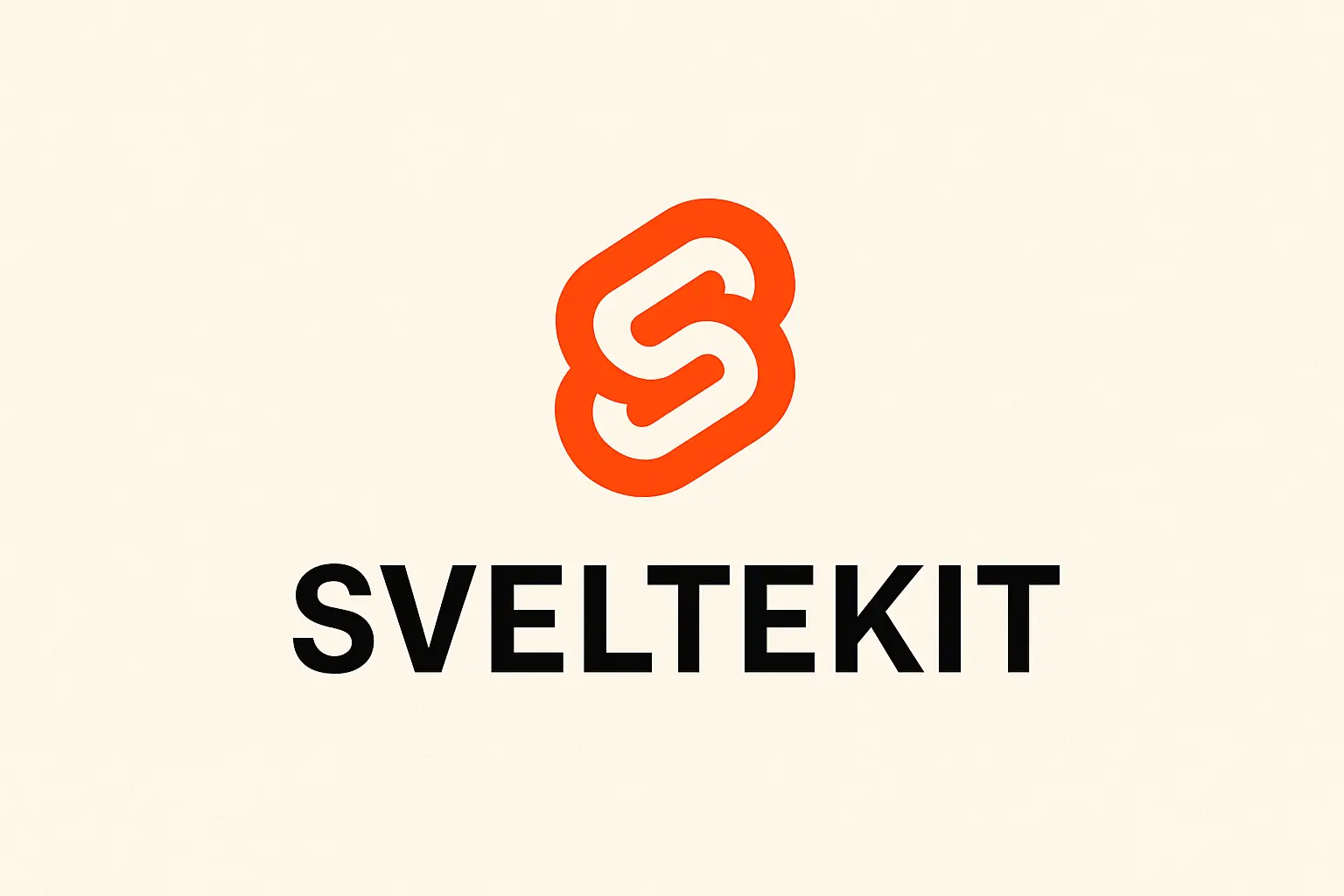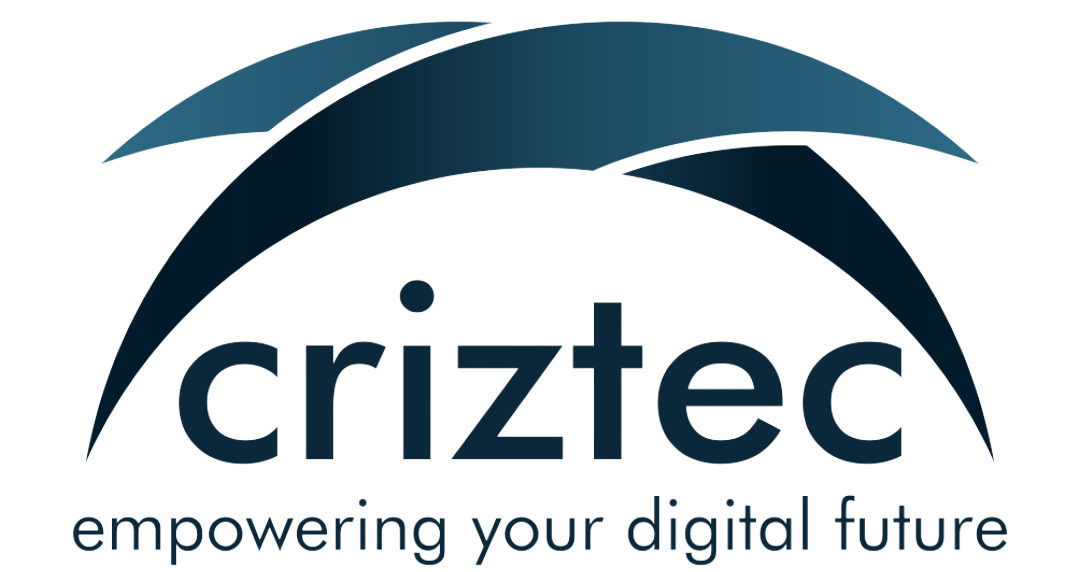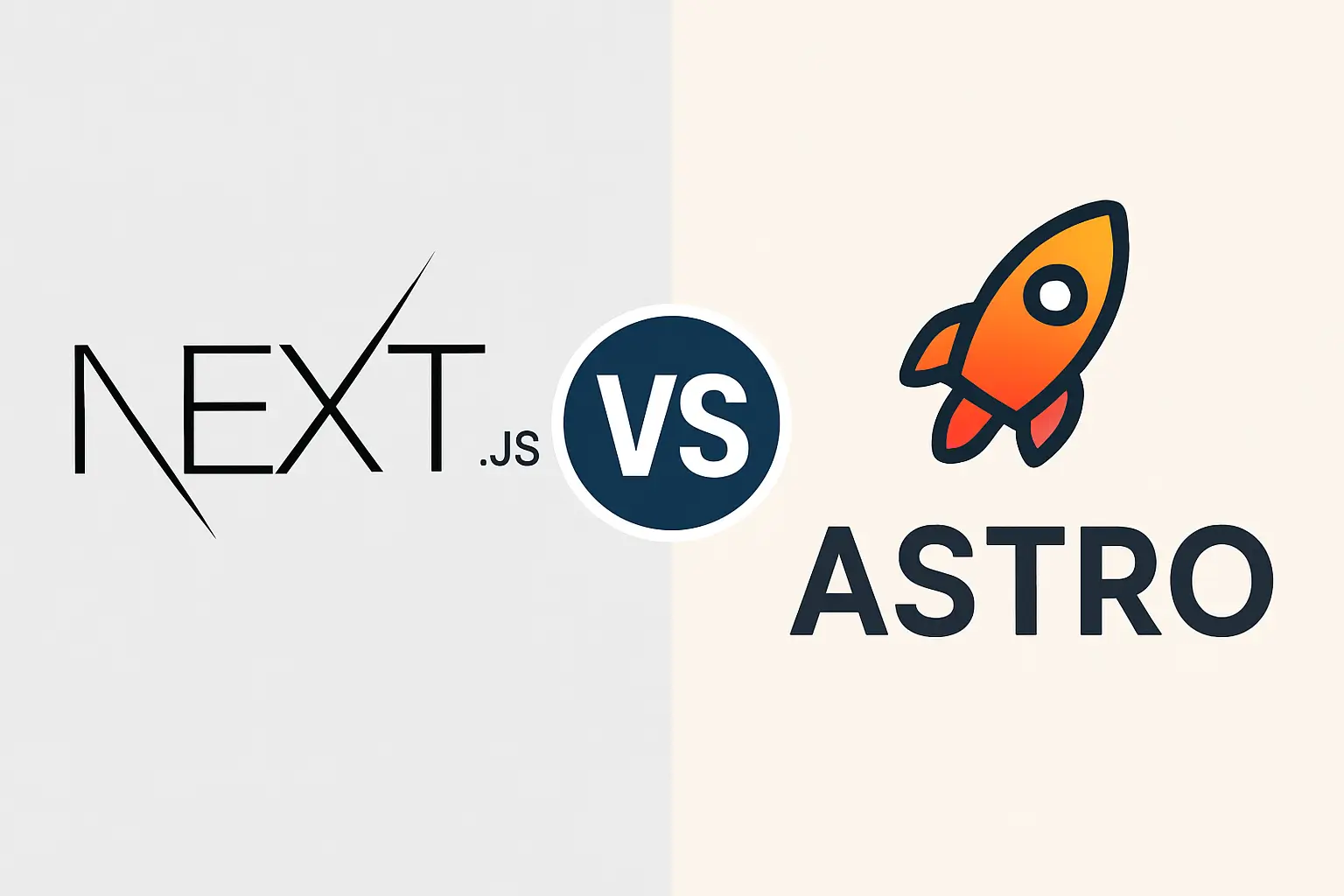· Web Development · 8 min read
SvelteKit: The Complete Developer's Guide to Building Modern Web Applications in 2025
Discover SvelteKit's innovative approach to full-stack web development, from core concepts to production deployment strategies.

SvelteKit has emerged as one of the most compelling full-stack web frameworks in the modern JavaScript ecosystem. Built on top of Svelte, this framework combines the simplicity and performance of Svelte with powerful full-stack capabilities, making it an attractive alternative to Next.js, Nuxt.js, and other popular frameworks.
In this comprehensive guide, we’ll explore everything you need to know about SvelteKit, from its core concepts and features to practical implementation strategies and real-world use cases.
What is SvelteKit?
SvelteKit is the official application framework for Svelte, designed to help developers build high-performance web applications with minimal complexity. Unlike traditional frameworks that run in the browser, Svelte compiles your components into vanilla JavaScript at build time, while SvelteKit adds the infrastructure needed for production applications.
Developed by Rich Harris and the Svelte team, SvelteKit reached version 1.0 in December 2022 and has since become a stable, production-ready framework used by companies like The New York Times, Apple, and Spotify.
Key Features of SvelteKit:
- File-based routing with nested layouts
- Server-side rendering (SSR) and static site generation (SSG)
- API routes for building full-stack applications
- Code splitting and preloading for optimal performance
- TypeScript support built-in
- Adapters for deployment to various platforms
- Hot module replacement for fast development
- Progressive enhancement philosophy
Why Choose SvelteKit? Core Advantages
1. Exceptional Performance
SvelteKit inherits Svelte’s performance advantages while adding framework-level optimizations:
Compile-Time Optimization: Unlike React or Vue, Svelte compiles components to vanilla JavaScript, eliminating the need for a virtual DOM and reducing runtime overhead.
Smaller Bundle Sizes: SvelteKit applications typically ship 40-60% less JavaScript compared to equivalent React or Vue applications.
Automatic Code Splitting: Routes are automatically split into separate bundles, ensuring users only download code for the pages they visit.
Intelligent Preloading: SvelteKit can preload code and data for routes when users hover over links, making navigation feel instant.
2. Developer Experience Excellence
SvelteKit prioritizes developer productivity through thoughtful design decisions:
Intuitive Syntax: Svelte’s template syntax feels natural to developers familiar with HTML, CSS, and JavaScript.
Minimal Boilerplate: Components require significantly less code compared to other frameworks.
Built-in State Management: Svelte stores provide simple, reactive state management without external libraries.
Excellent Tooling: First-class TypeScript support, VS Code integration, and comprehensive debugging tools.
3. Full-Stack Capabilities
SvelteKit enables building complete web applications with a single framework:
API Routes: Create backend endpoints using the same codebase as your frontend.
Database Integration: Seamless integration with databases through server-side code.
Authentication: Built-in support for various authentication strategies.
Form Handling: Progressive enhancement for forms with client-side validation fallbacks.
SvelteKit Architecture and Core Concepts
File-Based Routing
SvelteKit uses an intuitive file-based routing system where the structure of your src/routes directory determines your application’s URLs:
src/routes/
├── +page.svelte # / (homepage)
├── about/+page.svelte # /about
├── blog/
│ ├── +page.svelte # /blog
│ └── [slug]/+page.svelte # /blog/[slug]
└── api/
└── posts/+server.js # /api/postsLayouts and Nested Routing
SvelteKit supports nested layouts that wrap around child routes:
Root Layout (+layout.svelte): Applied to all routes Nested Layouts: Applied to specific route groups Layout Groups: Organize routes without affecting URLs
Load Functions
Load functions fetch data before rendering pages, running on either the server or client:
Server Load Functions (+page.server.js): Run on the server, perfect for database queries Universal Load Functions (+page.js): Run on both server and client Layout Load Functions: Share data across multiple routes
Stores and Reactivity
SvelteKit extends Svelte’s reactive system with additional stores:
Page Store ($page): Access current route information Updated Store ($updated): Handle app updates in production Navigating Store ($navigating): Track navigation state
Setting Up Your First SvelteKit Project
Installation and Project Creation
Getting started with SvelteKit is straightforward:
# Create a new SvelteKit project
npm create sveltekit@latest my-app
cd my-app
npm install
# Start development server
npm run devProject Structure
A typical SvelteKit project includes:
my-app/
├── src/
│ ├── lib/ # Reusable components and utilities
│ ├── routes/ # File-based routes
│ ├── app.html # HTML template
│ └── hooks.server.js # Server-side hooks
├── static/ # Static assets
├── package.json
└── vite.config.js # Vite configurationConfiguration Options
SvelteKit offers extensive configuration through svelte.config.js:
- Adapters: Choose deployment targets (Vercel, Netlify, Node.js, etc.)
- Preprocessors: Add TypeScript, PostCSS, or other preprocessors
- CSP Configuration: Set up Content Security Policy
- Alias Configuration: Define import path aliases
Building Applications with SvelteKit
Server-Side Rendering (SSR)
SvelteKit renders pages on the server by default, providing excellent SEO and initial load performance:
Automatic SSR: All pages are server-rendered unless explicitly disabled Hydration: Client-side JavaScript enhances server-rendered HTML Selective Rendering: Choose between SSR, client-side rendering, or prerendering per route
Static Site Generation (SSG)
For content-heavy sites, SvelteKit supports static site generation:
Prerendering: Generate static HTML files at build time Dynamic Prerendering: Prerender pages based on data fetching Hybrid Approach: Combine static and dynamic pages in the same application
API Routes and Server-Side Logic
SvelteKit enables full-stack development through API routes:
RESTful APIs: Create GET, POST, PUT, DELETE endpoints Database Integration: Connect to PostgreSQL, MongoDB, or other databases
Middleware: Add authentication, logging, and other cross-cutting concerns Error Handling: Robust error handling for server-side code
Form Handling and Progressive Enhancement
SvelteKit embraces progressive enhancement for forms:
Native Form Handling: Forms work without JavaScript Enhanced Forms: Add client-side validation and smooth UX Actions: Server-side form processing with client-side enhancement
SvelteKit vs Other Frameworks
SvelteKit vs Next.js
Performance: SvelteKit typically produces smaller bundles and faster load times Learning Curve: SvelteKit has a gentler learning curve due to Svelte’s intuitive syntax
Ecosystem: Next.js has a larger ecosystem, but SvelteKit’s is rapidly growing React Integration: Next.js is ideal if you need extensive React library support
SvelteKit vs Nuxt.js
Bundle Size: SvelteKit generates significantly smaller JavaScript bundles Development Speed: Both offer excellent DX, but SvelteKit requires less boilerplate Vue Ecosystem: Nuxt.js provides access to Vue’s extensive ecosystem TypeScript: Both offer excellent TypeScript support out of the box
SvelteKit vs Remix
Philosophy: Both embrace progressive enhancement and web standards Performance: SvelteKit has advantages in bundle size and runtime performance React Skills: Remix is better if your team is heavily invested in React Data Loading: Both offer sophisticated data loading patterns
SEO and Performance Optimization
Built-in SEO Features
SvelteKit provides excellent SEO capabilities out of the box:
Server-Side Rendering: Content is available to search crawlers immediately Meta Tag Management: Dynamic meta tags through <svelte:head> Structured Data: Easy integration of JSON-LD and other structured data formats Sitemap Generation: Programmatic sitemap generation for dynamic content
Performance Best Practices
Code Splitting: Leverage automatic code splitting and lazy loading Image Optimization: Use modern image formats and lazy loading Caching Strategies: Implement effective caching for both static and dynamic content Bundle Analysis: Analyze and optimize your bundle size regularly
Core Web Vitals Optimization
SvelteKit applications typically excel at Core Web Vitals:
Largest Contentful Paint (LCP): Fast server-side rendering improves LCP scores First Input Delay (FID): Minimal JavaScript overhead reduces input delay Cumulative Layout Shift (CLS): Predictable layouts minimize content shifting
Deployment and Production Considerations
Adapter System
SvelteKit’s adapter system makes deployment flexible:
Static Adapter (@sveltejs/adapter-static): Deploy to CDNs and static hosts Node Adapter (@sveltejs/adapter-node): Deploy to Node.js servers Vercel Adapter (@sveltejs/adapter-vercel): Optimized Vercel deployment Netlify Adapter (@sveltejs/adapter-netlify): Netlify-specific optimizations Cloudflare Adapter (@sveltejs/adapter-cloudflare-workers): Edge deployment
Popular Hosting Platforms
Vercel: Zero-configuration deployment with excellent performance Netlify: Great for static sites with form handling and functions Railway: Simple full-stack deployment for Node.js applications DigitalOcean App Platform: Scalable hosting for larger applications
Environment Configuration
Environment Variables: Secure handling of sensitive configuration Build Optimization: Production build optimization strategies Error Tracking: Integration with error tracking services Analytics: Adding analytics and monitoring to production apps
Real-World Use Cases and Success Stories
Content Management Systems
SvelteKit excels at building headless CMS frontends:
Blog Platforms: Fast, SEO-friendly blogs with dynamic content Documentation Sites: Technical documentation with search and navigation Marketing Websites: High-performance marketing sites with rich interactions
E-commerce Applications
Storefronts: Fast-loading product catalogs with smooth shopping experiences Admin Dashboards: Efficient inventory management and order processing Payment Integration: Secure payment processing with progressive enhancement
SaaS Applications
Dashboard Applications: Reactive dashboards with real-time data updates User Authentication: Secure user management and role-based access API Integration: Seamless integration with third-party services
Common Challenges and Solutions
Learning Curve Considerations
Svelte Concepts: Understanding reactivity and component lifecycle SSR Complexity: Managing server-side and client-side code differences Deployment Options: Choosing the right adapter and hosting strategy
Migration Strategies
From React: Gradual migration strategies for React applications From Vue: Leveraging similar concepts when moving from Vue Legacy Applications: Integrating SvelteKit into existing applications
Performance Pitfalls
Over-hydration: Avoiding unnecessary client-side JavaScript Bundle Optimization: Keeping bundle sizes minimal Caching Strategies: Implementing effective caching without complexity
The Future of SvelteKit
Upcoming Features
SvelteKit 2.0: Enhanced performance and developer experience improvements Better Streaming: Improved streaming SSR capabilities Enhanced Tooling: Better debugging and development tools Ecosystem Growth: Expanding library and integration ecosystem
Community and Adoption
Growing Adoption: Increasing use by major companies and startups Active Community: Vibrant community contributing to ecosystem growth Educational Resources: Expanding availability of tutorials and courses Job Market: Growing demand for Svelte and SvelteKit developers
Getting Started with SvelteKit Today
Learning Resources
Official Documentation: Comprehensive guides and API references SvelteKit Tutorial: Interactive tutorial covering core concepts Community Resources: Blog posts, YouTube channels, and community guides Example Projects: Open-source projects demonstrating best practices
Development Workflow
IDE Setup: Configuring VS Code or other editors for optimal development Testing Strategies: Unit testing, integration testing, and E2E testing approaches CI/CD Pipeline: Setting up continuous integration and deployment Code Quality: ESLint, Prettier, and other code quality tools
Conclusion
SvelteKit represents a compelling choice for modern web development, offering an excellent balance of performance, developer experience, and full-stack capabilities. Its compile-time approach to optimization, intuitive development model, and growing ecosystem make it an attractive alternative to more established frameworks.
Whether you’re building a simple blog, a complex SaaS application, or anything in between, SvelteKit provides the tools and performance characteristics needed for success in today’s web landscape. As the framework continues to mature and its ecosystem grows, now is an excellent time to explore what SvelteKit can offer your next project.
The combination of Svelte’s innovative approach to reactivity and SvelteKit’s thoughtful framework design creates a development experience that many developers find more enjoyable and productive than traditional alternatives. With strong performance characteristics, excellent SEO capabilities, and a growing community, SvelteKit is well-positioned to play a significant role in the future of web development.




